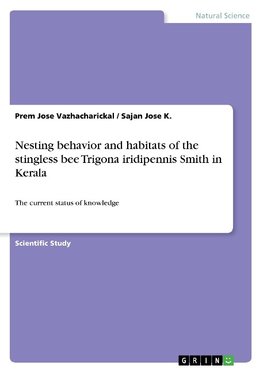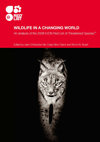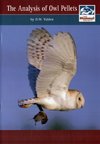
-
 Anglický jazyk
Anglický jazyk
Nesting behavior and habitats of the stingless bee Trigona iridipennis Smith in Kerala
Autor: Sajan Jose K.
Scientific Study from the year 2016 in the subject Biology - Miscellaneous, , language: English, abstract: Stingless bees are highly social insects which populated the tropical earth 65 million years ago and have been around much longer than honey bees.... Viac o knihe
Na objednávku, dodanie 2-4 týždne
16.65 €
bežná cena: 18.50 €
O knihe
Scientific Study from the year 2016 in the subject Biology - Miscellaneous, , language: English, abstract: Stingless bees are highly social insects which populated the tropical earth 65 million years ago and have been around much longer than honey bees. They are limited to the tropics and subtropics, lack a venom apparatus and cannot sting. Impacts of anthropogenic influences on honey bees have already been reported. Recent studies also showed that the nesting behaviour of Trigona iridipennis Smith in its natural habitat also varies due to interaction, pheromones and environmental stimulus.
Little is reported so far about the various natural and domesticated nesting of the Trigona iridipennis Smith in Kerala. Based on thise background, our objectives of this study were to 1) to characterize the Meliponiculture 2) to identify the various natural habitats and domestication materials for nest construction and different types of nests used across Kerala. Various beekeeping methods preferred by farmers across Kerala for the cultivation of Trigona iridipennis Smith. Each nest has its own advantage and disadvantage.
During the survey, the most preferred ones were wooden box. Even then according to the easy availability and production cost different nests like earthen pot, bamboo nodes, coconut shell, PVC pipes etc were used. The most preferred natural nesting sites by Trigona iridipennis Smith were mud/stone walls in our study. Being a social insect, Trigona iridipennis Smith shows great diversity in nesting pattern in natural habitats as well as anthropogenic habitats. The shift towards anthropogenic habitats than natural ones may be due to destruction of natural habitats as well as the availability of manmade habitats.
- Vydavateľstvo: GRIN Verlag
- Rok vydania: 2017
- Formát: Paperback
- Rozmer: 210 x 148 mm
- Jazyk: Anglický jazyk
- ISBN: 9783668366244












